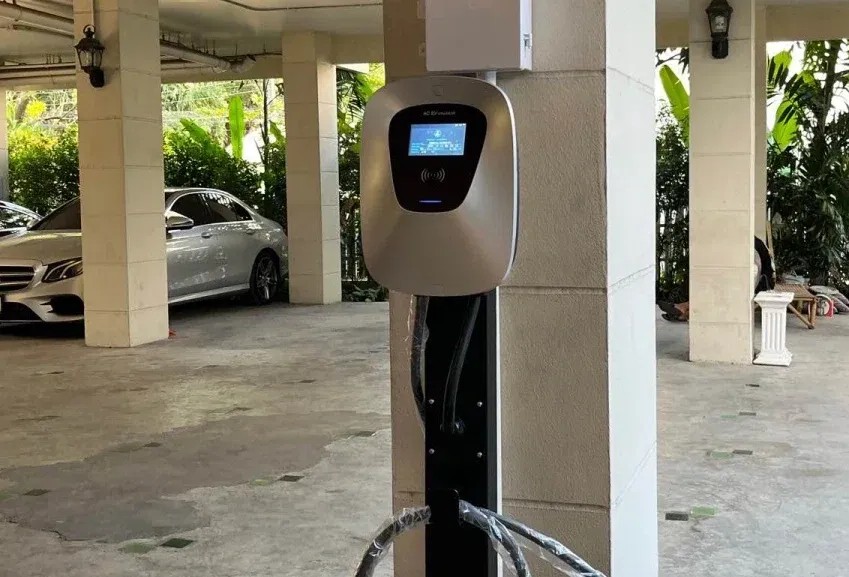Introduction
As electric vehicles (EVs) continue to grow in popularity, understanding how to optimize their performance in various weather conditions becomes increasingly important. One critical factor affecting EV performance is temperature, especially during the hot summer months. High temperatures can influence not only your EV’s driving range but also battery health and charging efficiency. In this article, we’ll explore how summer heat impacts China EV charging and offer practical tips to help you get the most out of your electric vehicle during warmer weather.
How Does Outside Temperature Impact EV Range?
Electric vehicles are designed to work efficiently across a broad temperature range, but extreme heat introduces unique challenges. High temperatures can affect the chemical reactions inside the battery, reducing its efficiency and potentially causing long-term damage if not managed correctly. Moreover, increased use of air conditioning and climate control can drain the battery faster, further decreasing your EV’s range.
7 Essential Tips for Charging and Driving Your EV in Hot Weather
1. Precondition Your EV Before Driving
Preconditioning cools the cabin and optimizes the battery temperature while the vehicle is still plugged in, using grid power rather than the battery itself. This helps preserve range and keeps the battery from overheating, which is especially important if you plan to fast charge later.
2. Optimize Your Driving Style
Smooth acceleration, gentle braking, and steady speeds help conserve battery power. Take advantage of regenerative braking by easing off the accelerator early to recover energy. Using cruise control where possible can also reduce energy consumption.
3. Manage Climate Control Wisely
Air conditioning is one of the most power-consuming systems in an EV. Use moderate A/C settings rather than the coldest, and consider using seat coolers if available—they use less energy but still provide comfort. Whenever possible, park in the shade to reduce cabin heat.
4. Park in the Shade and Plug In
Shade significantly lowers your EV’s interior temperature, reducing the need for heavy climate control. If you can plug in while parked, your vehicle can maintain optimal battery and cabin temperatures without draining the battery.
5. Consider Your Charging Options
Fast charging generates heat and can stress your battery, especially in hot weather. When possible, avoid fast charging on very hot days. Instead, use Level 2 charging, which is gentler on the battery. If fast charging is necessary, try to charge during cooler times such as early morning or late evening.
6. Monitor Tire Pressure Regularly
High temperatures can cause tire pressure fluctuations. Underinflated tires increase rolling resistance, reducing efficiency and range. Check and maintain tire pressure according to your manufacturer’s recommendations for optimal performance and safety.
7. Avoid Charging to Maximum Capacity
Charging to 100% in hot weather can stress your battery due to increased internal resistance. Limiting your charge to around 80% helps preserve battery health and shortens charging time, as the last 20% typically charges more slowly.
Conclusion
Charging and driving an EV in hot weather requires some extra attention, but with the right strategies, you can maximize your vehicle’s performance and extend battery life. Precondition your vehicle, drive efficiently, manage climate control carefully, park in the shade, choose charging methods wisely, monitor tire pressure, and avoid full charges during summer months.
As battery technology and thermal management systems improve, future EVs will better handle extreme temperatures. Until then, following these tips will help you enjoy a smooth, efficient, and comfortable driving experience throughout the hottest months of the year. Stay cool, drive smart, and make the most of electric mobility this summer! Know more about Google SEO Directory





Comments